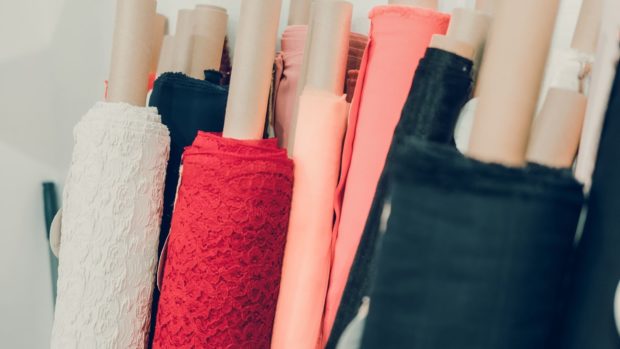UK sew-it-yourself enthusiasts now make their own clothes

INQUIRER.net STOCK IMAGE
LONDON — From jogging outfits to summer dresses, Lea Baecker has stitched together most of her wardrobe herself from inside her London flat, part of a burgeoning number of young amateur seamstresses.
Like many others in the growing horde of sew-it-yourself enthusiasts, she has grown increasingly disillusioned with the retail clothing industry, viewing it as too destructive.
“My main motivation was not having to buy ready-to-wear clothes anymore because I didn’t want to support fast fashion,” said Baecker, 29, referring to clothes made and sold cheaply to be thrown away after minimal use.
The doctoral student in neuroscience only started sewing in 2018, beginning with small bags before moving on to clothes.
Polluting sector
Four years on, she estimated about 80 percent of clothes in her wardrobe are homemade, from pajamas to long fleece coats, as well as jeans made with denim scraps scalped from relatives.
Article continues after this advertisementWearing one of her self-made long, hand-sewn dresses, Baecker said she now buys new clothes “very rarely.”
Article continues after this advertisementThe fashion and textile industry is the third most polluting sector globally after food and construction, accounting for up to 5 percent of greenhouse gas emissions, according to a 2021 report by the World Economic Forum.
Low-cost fashion retailers are regularly criticized for their waste and pollution, as well as the pay conditions of their workers.
Tara Viggo worked in the industry for 15 years as a pattern maker.
“I realized the scale that the fashion industry was working at and it was a bit terrifying,” she said.
In 2017, Viggo decided to create her own patterns — the blueprint drawings on paper before garments are made.
She started out small, selling only around one set of patterns per year—a far cry from the four a day that she would churn out in the ready-to-wear industry.
Viggo agrees that independent operators like her were only tiny competitors to the big brands, but said they could still have a meaningful impact.
“Once you know how to sew your own clothes, you can’t fathom that a shirt should be £3 ($4.10) anymore,” she said.
Online platform
Viggo’s “Zadie” jumpsuit is now a top seller on “The Fold Line,” an online platform selling independently produced sewing patterns, according to its co-founder Rachel Walker.
Since its launch in 2015, the website has grown from about 20 designers to more than 150 today.
Rosie Scott and Hannah Silvani, who run a London workshop selling fabrics from fashion designers’ unsold stock, have also seen the resurgence in sewing’s popularity, particularly among the young.
Scott noted that women make up more than 90 percent of their clientele.
Orders soared during the pandemic and are still going strong even after the lifting of restrictions, Scott said.
The sector’s explosive growth would not have been possible without Instagram, where the sewing community has made a pastime once seen as unfashionable much more trendy.
RELATED STORY
LOOK: ‘Katsa’-made clothing line aims to promote environmental sustainability